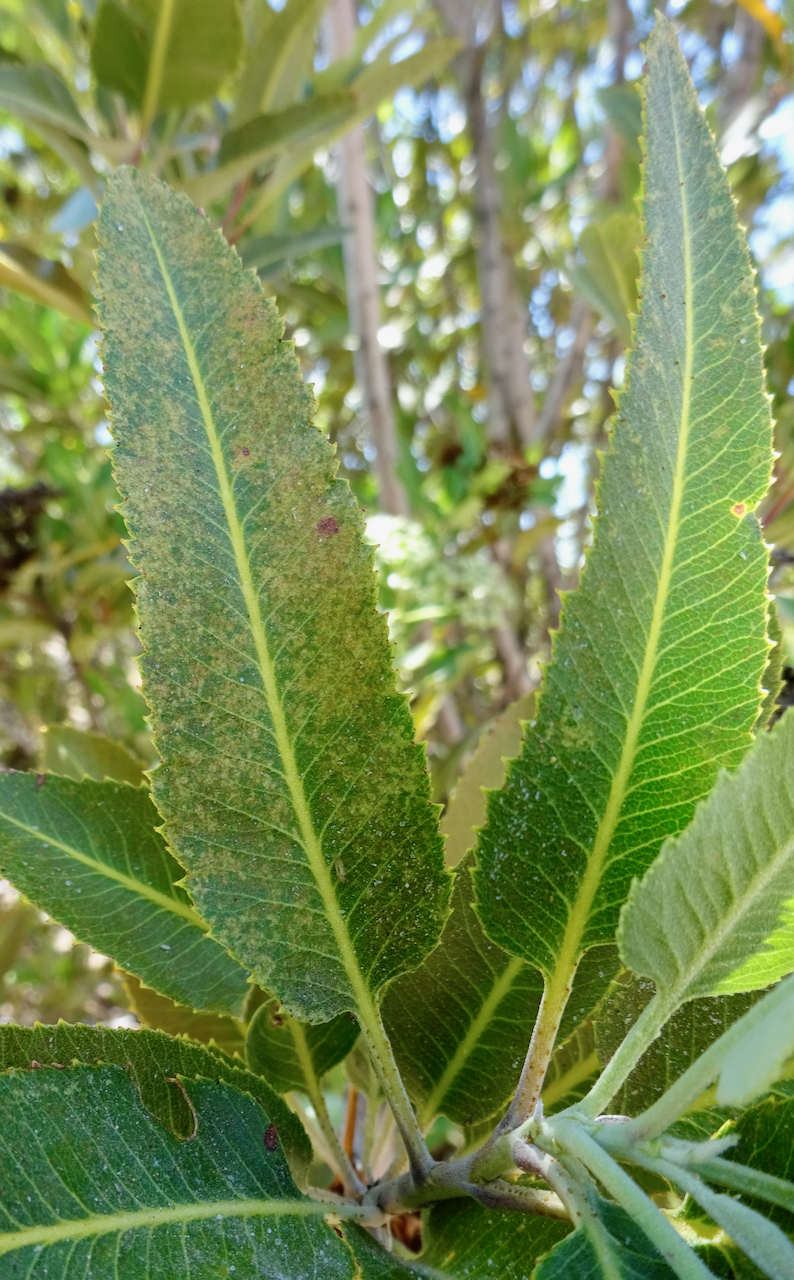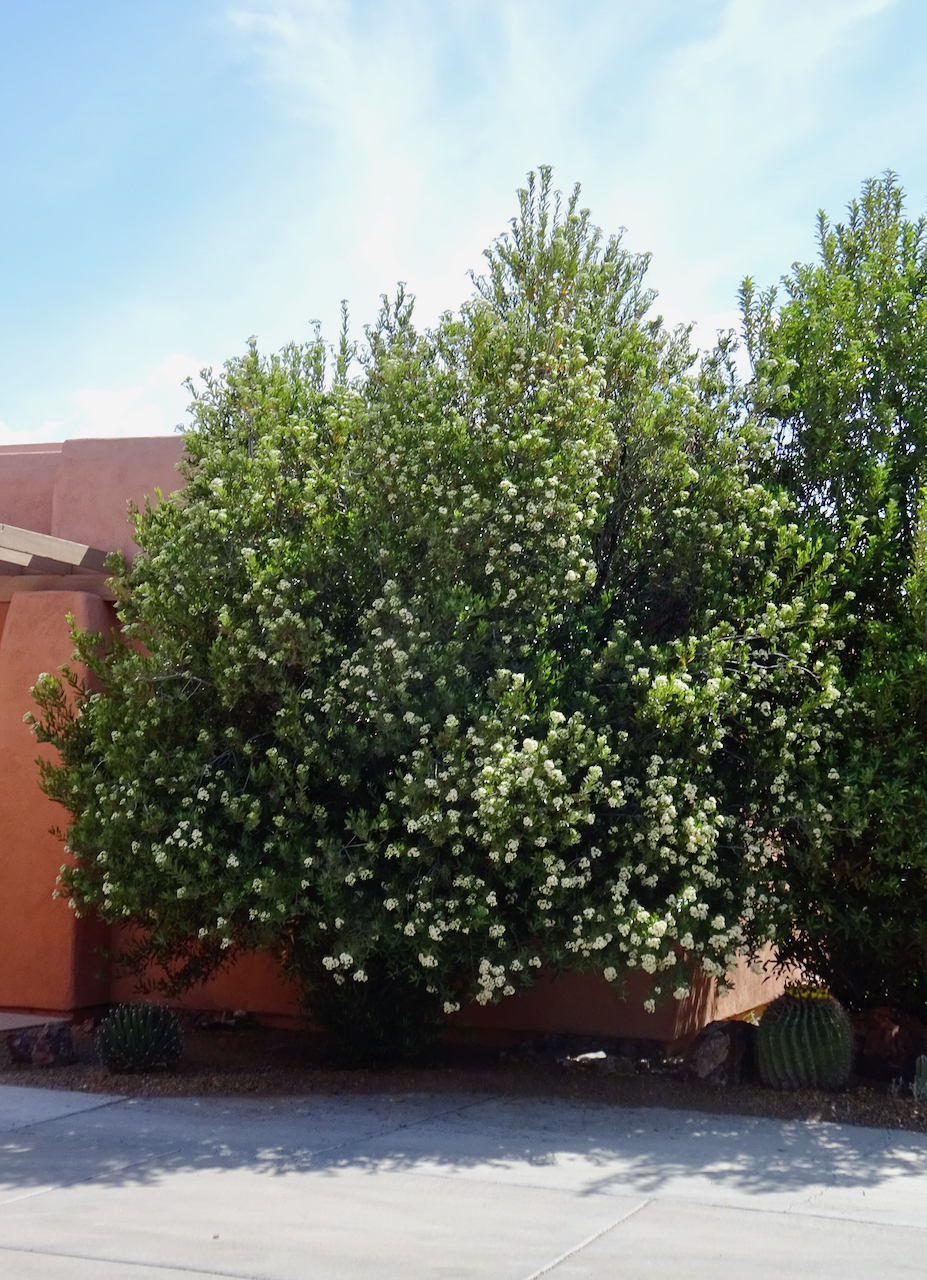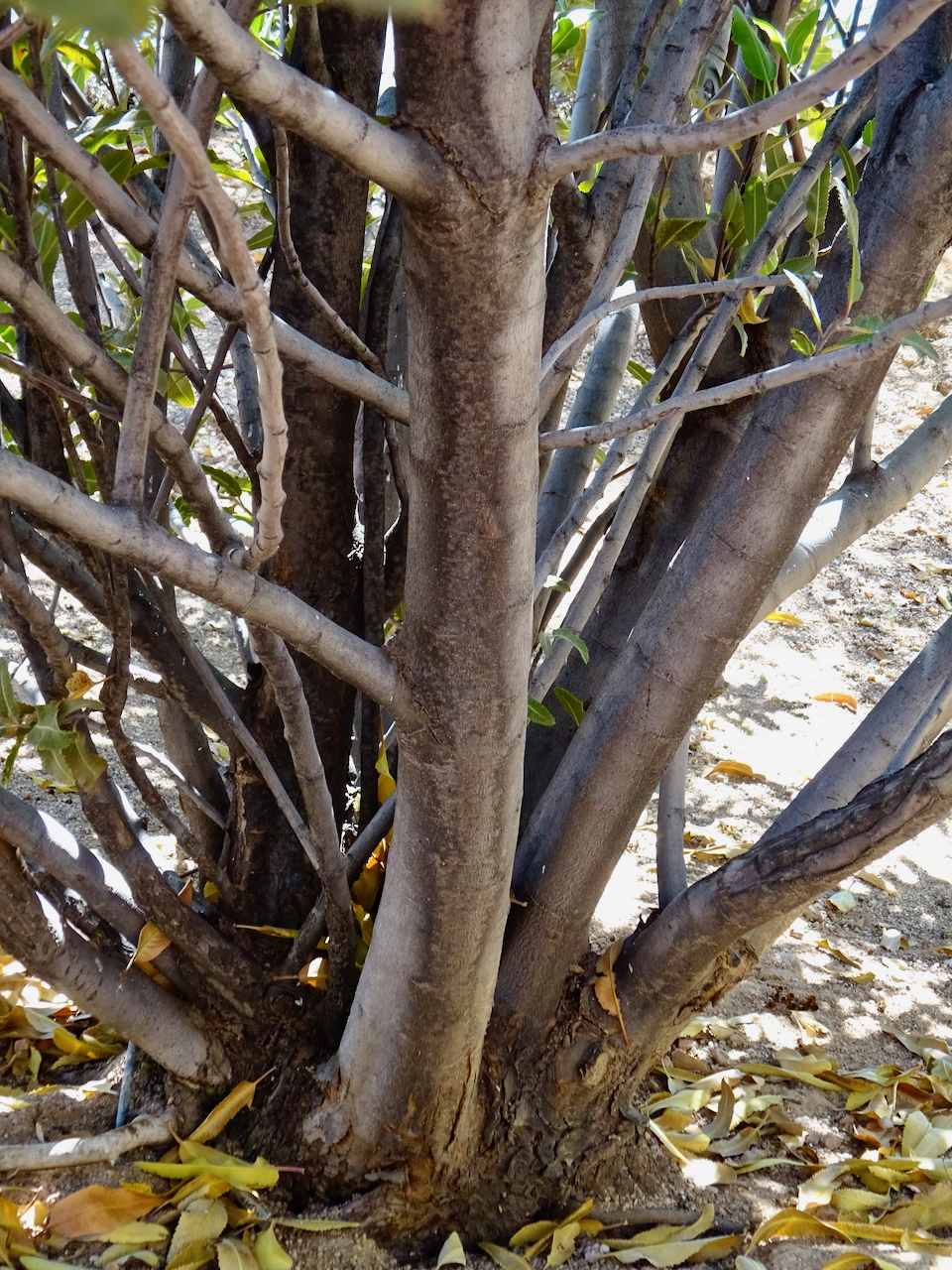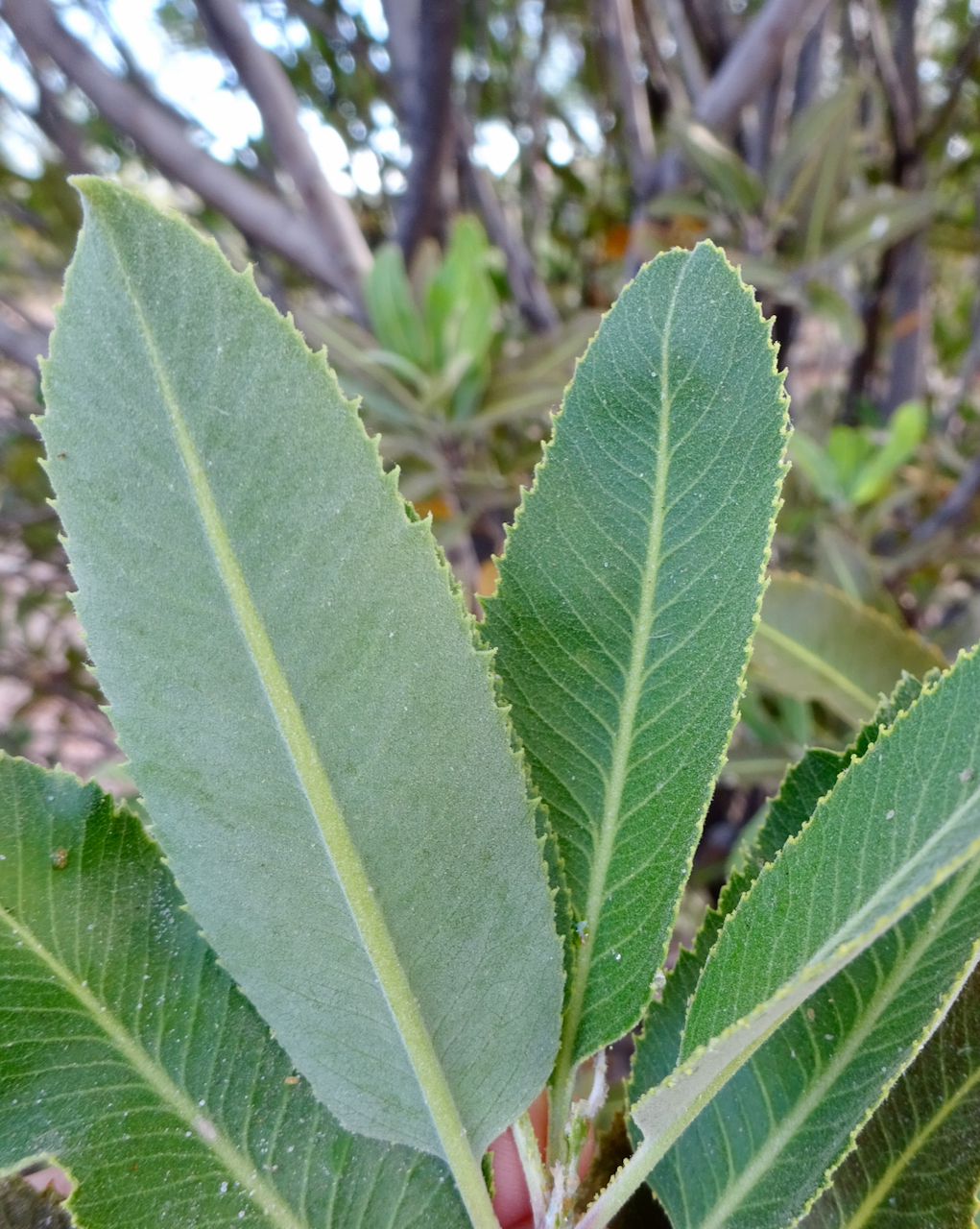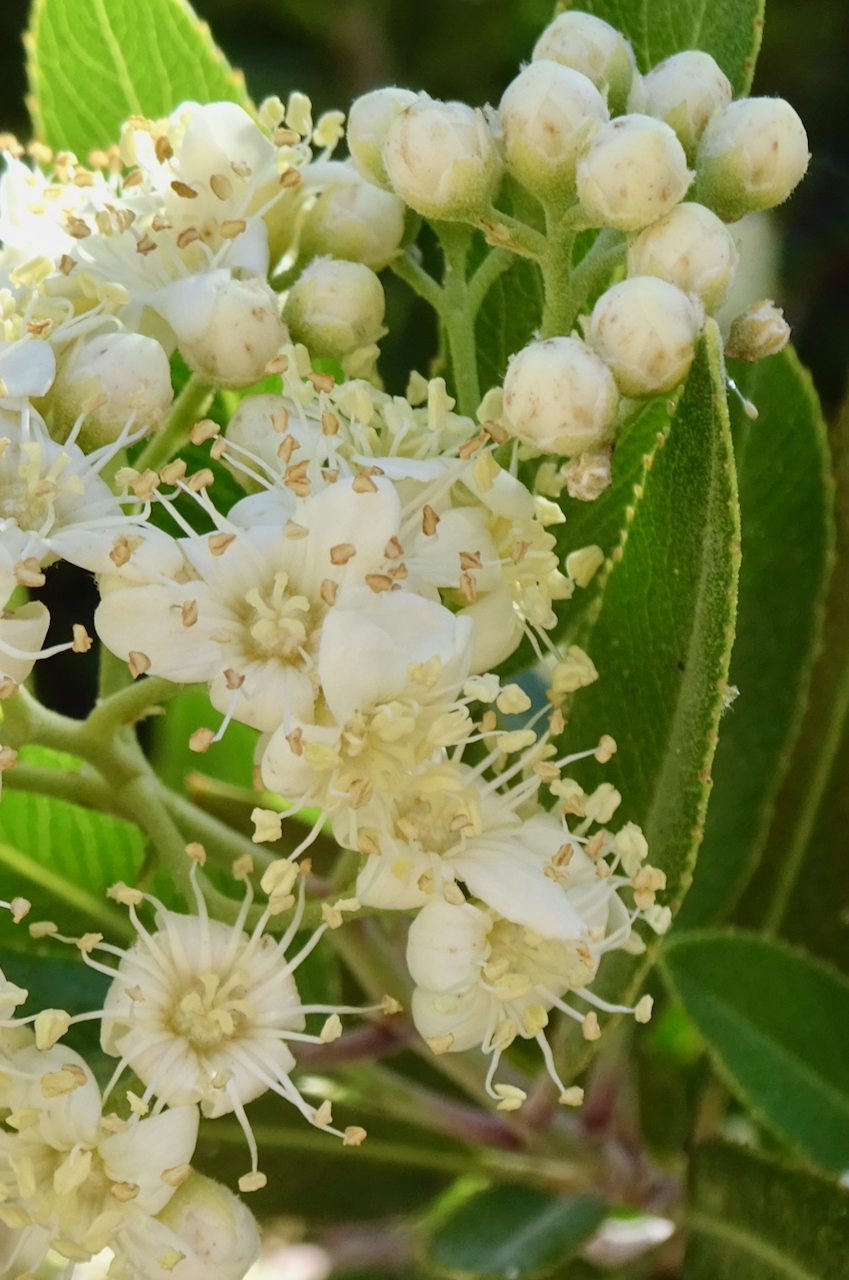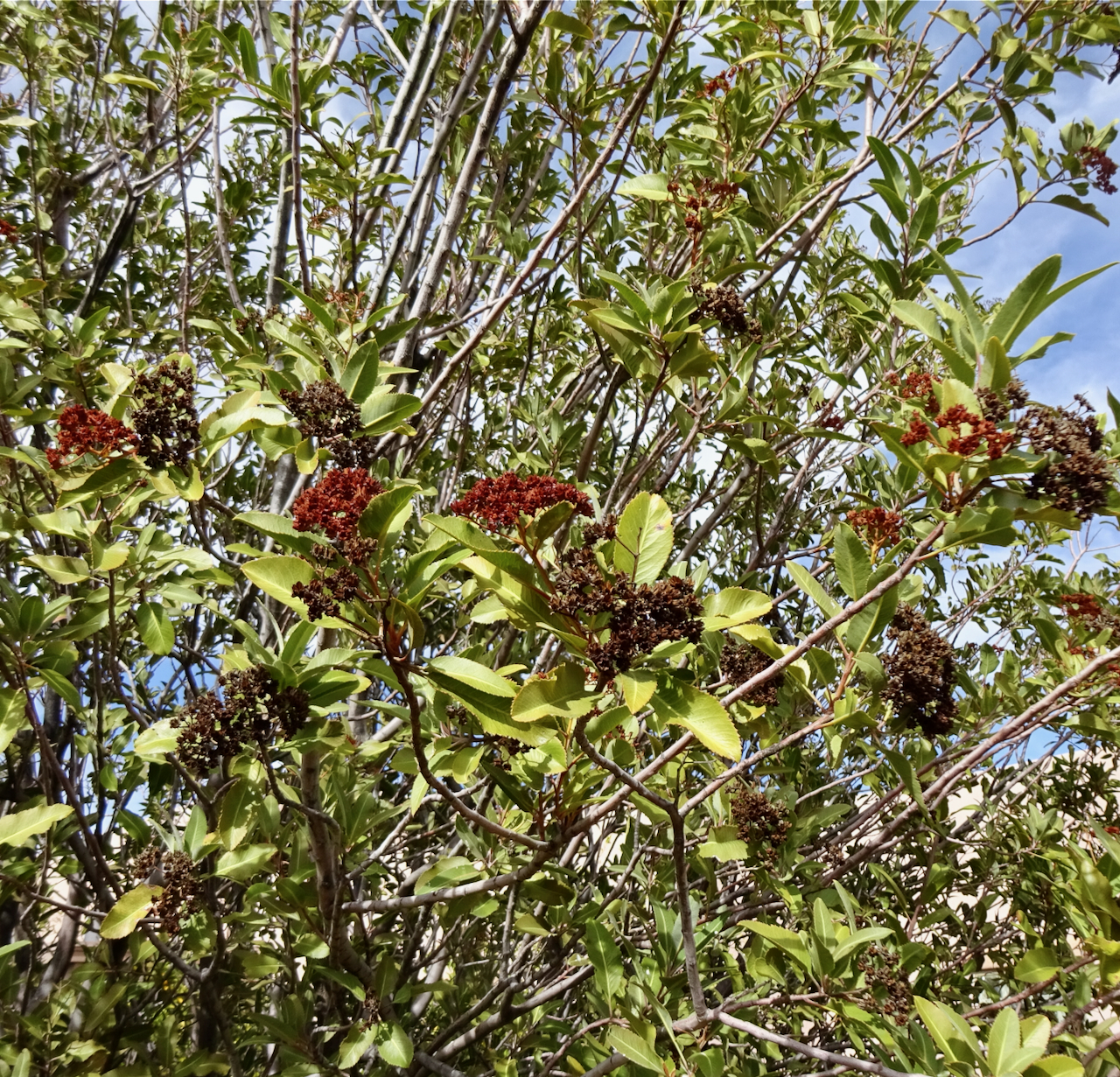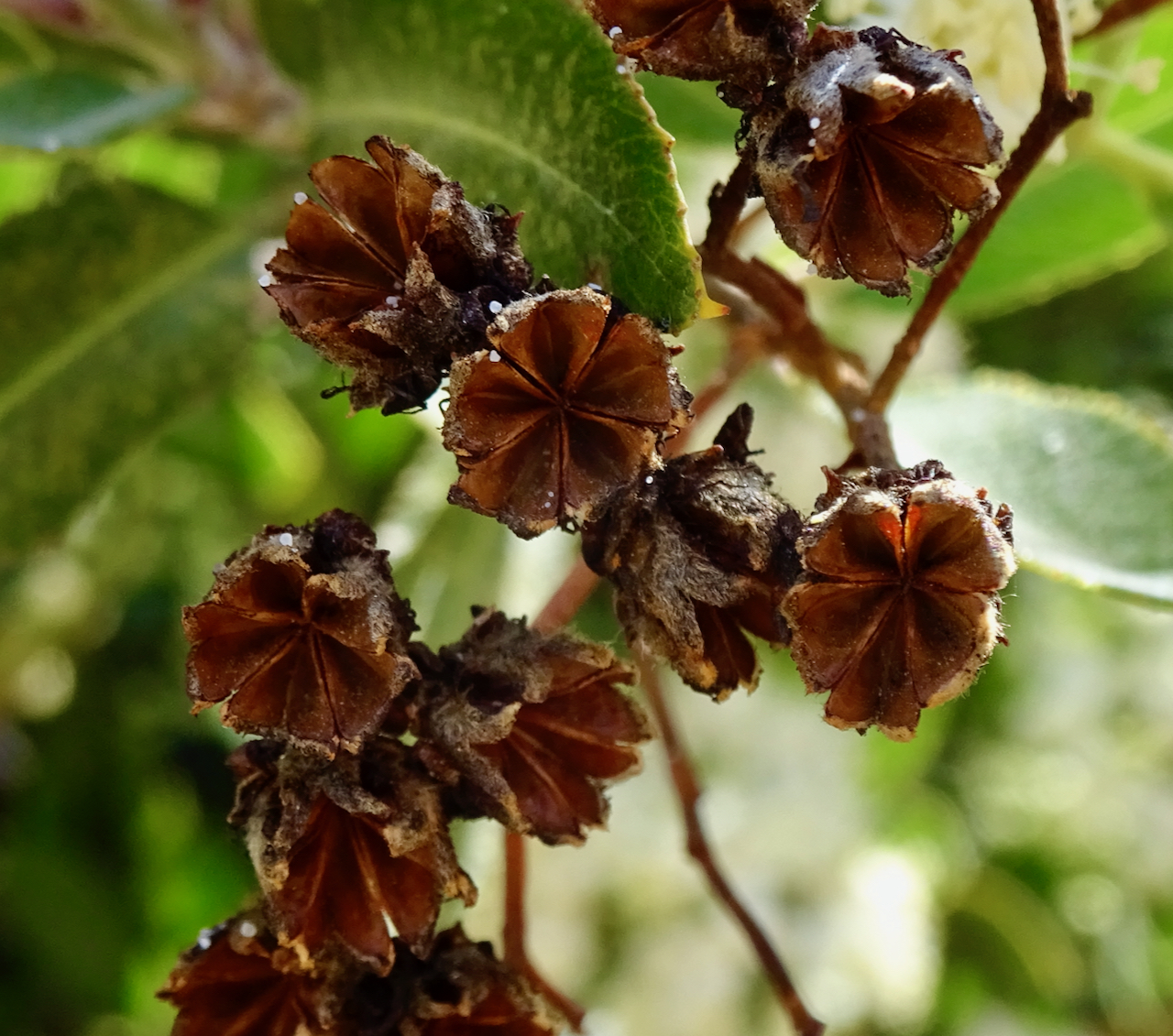Arizona Rosewood
Vauquelinia californica
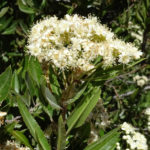
About the Plant
Arizona rosewood is a tall evergreen shrub native to southeastern Arizona, far southwest New Mexico, and adjacent Mexico, including Saguaro National Park-East. The dense foliage of this 15 foot x 15 foot shrub makes it an excellent choice as a screen or barrier or as a background for other plants. Clusters of showy white flowers appear at the ends of branches in late spring (May).
Arizona rosewood may grow very slowly for the first year or two after planting. After that is is a tough shrub that needs little care. It has a naturally symmetrical form so needs little pruning other than to remove the wayward branch. Gradually remove lower branches if you want to grow as a small, multi-stemmed tree. This plant will need occasional irrigation during the summer even after establishment.
This shrub has few problems, but is occasionally bothered by sucking insects such as spider mites and psyllids. Look for yellowing, spotted leaves (see photo above) and the presence of a sticky liquid (known as honeydew) on the leaves. Established plants will not be bothered by a few pests. Use a stream of water to wash them off if desired. Fallen leaves can be raked and discarded.
Wildlife value: bees enthusiastically visit flowers. Dense, evergreen foliage is shelter for birds and other animals
More Information
Weekly Plant on Arizona rosewood
Horticultural information from ASU
Technical botanical description from SEINet
In books:
Native Plants for Southwestern Landscapes by Judy Mielke, page 270
Trees and Shrubs for the Southwest by Mary Irish, page 304
